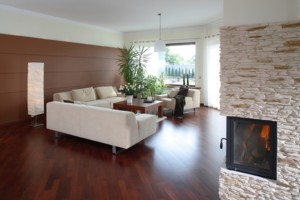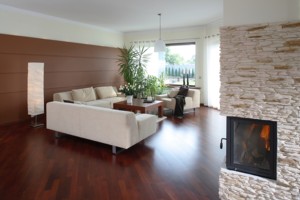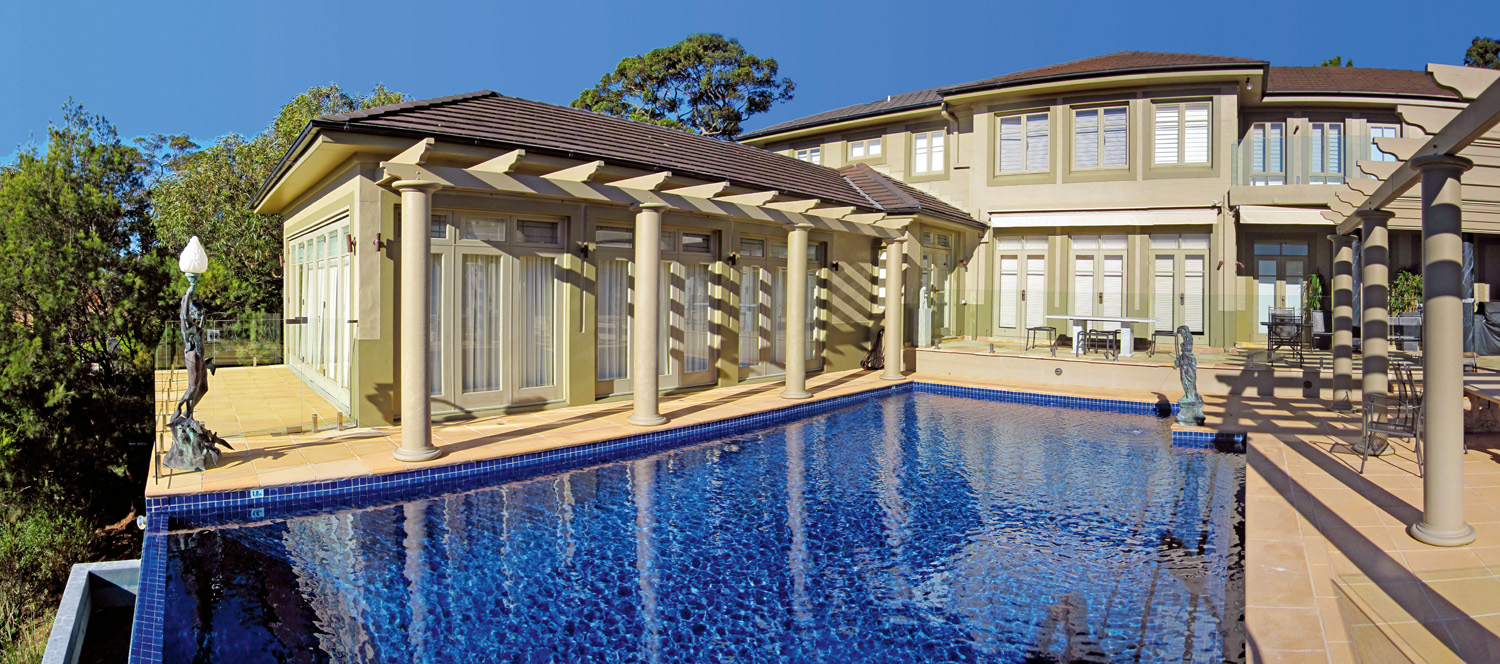Inside or out, potted plants appeal because they can be moved to different locations if they’re not doing well or if you simply feel like a change. And either plant or container can be used as design features in its own right, becoming an integral part of the décor. If properly cared for, indoor plants will give you year-round pleasure.

Inside the home, potted plants help to keep you in touch with nature. That said, there really is no such thing as an indoor plant; rather, there are plants adapted to life indoors. It is often said that plants will survive but not thrive indoors but if you understand a little of the plant’s origins it will help you to give it the best possible conditions and the best chance of a long and happy life.
Many indoor plants come from tropical and sub-tropical rainforests where they have warmth, little direct sunlight, high humidity and regular rainfall. Most of these will do best in a warm, light spot: just avoid drafts, direct sunlight, dark places and temperature fluctuations (which include not putting them up against windows or near heaters in winter).
If you’re new to house plants or you have poor indoor light, opt for the tougher foliage plants such as cast-iron plant (Aspidistra elatior), spider plant (Chlorophytum comosum), which likes being inside or out, Philodendron sp., Anthurium sp., peace lily (Spathyphyllum sp.) and rubber tree (Ficus elastica). Flowering plants require more light and care.
The humidity they need can be created in a number of ways. Mist the leaves daily (not fleshy-leafed plants such as African violet and cyclamen), stand pots on trays of damp peat or pebbles, or group plants together.
Plants like plenty of fresh air, so avoid unventilated rooms. Take them on regular excursions to a shady spot outdoors; either for a few weeks at a time or for most of summer. They particularly like being placed outside in a gentle rainstorm.
Whether a potted plant lives or dies will have a lot to do with correct watering. The amount of water required depends on the size and type of plant, the size and type of pot, the type of potting mix, the location of the plant and the climatic conditions. Also keep in mind that more indoor plants are lost from over-watering (where the soil becomes waterlogged and the roots suffocate) than under-watering.
Resist the temptation to save money and use garden soil in pots. Use a porous free-draining potting mix as garden soil tends to be heavy, poorly drained and sets hard. When choosing a potting mix, look for the Australian Standards Mark ‘ticks’ that indicated the mix has passed stringent quality tests.
When potting or repotting, use water-storing granules. Although they can be incorporated around the roots of already potted plants, this isn’t very successful and they are best incorporated into the soil mix when you are repotting. Allow additional space between the top of the compost and the rim of the pot for the crystals to expand.
You can also buy premium grade potting mixes that already have the wetting agent mixed in.
All plants in pots will require regular fertilising to replace the nutrients they have used up. Slow-release fertilisers are the easiest way to feed plants in containers. Apply once or twice a year, according to the instructions on the packet. These can be incorporated into the potting mix when repotting (but remember, a premium brand will have enough in it for some weeks). Alternatively, sprinkle granules on top of the soil.
Most potted plants benefit from regular supplementary liquid feeding in the growing season. Give fortnightly applications in spring and summer. It is a good idea to vary the fertiliser used, depending on whether it’s a foliage or flowering plant and according to the flowering season.
Most house plants require regular repotting. As they grow, they use up all the nutrients in the soil and the pot becomes overcrowded with roots.
Before repotting, check for pests and diseases. If you find any, get rid of them and let the plant settle down for a week or two before repotting. And avoid over-potting; placing plants in a pot that is much larger than the existing pot. If the pot is too big the soil becomes water-logged and turns sour through lack of aeration. Choose a pot only one or two sizes bigger than the existing pot.





